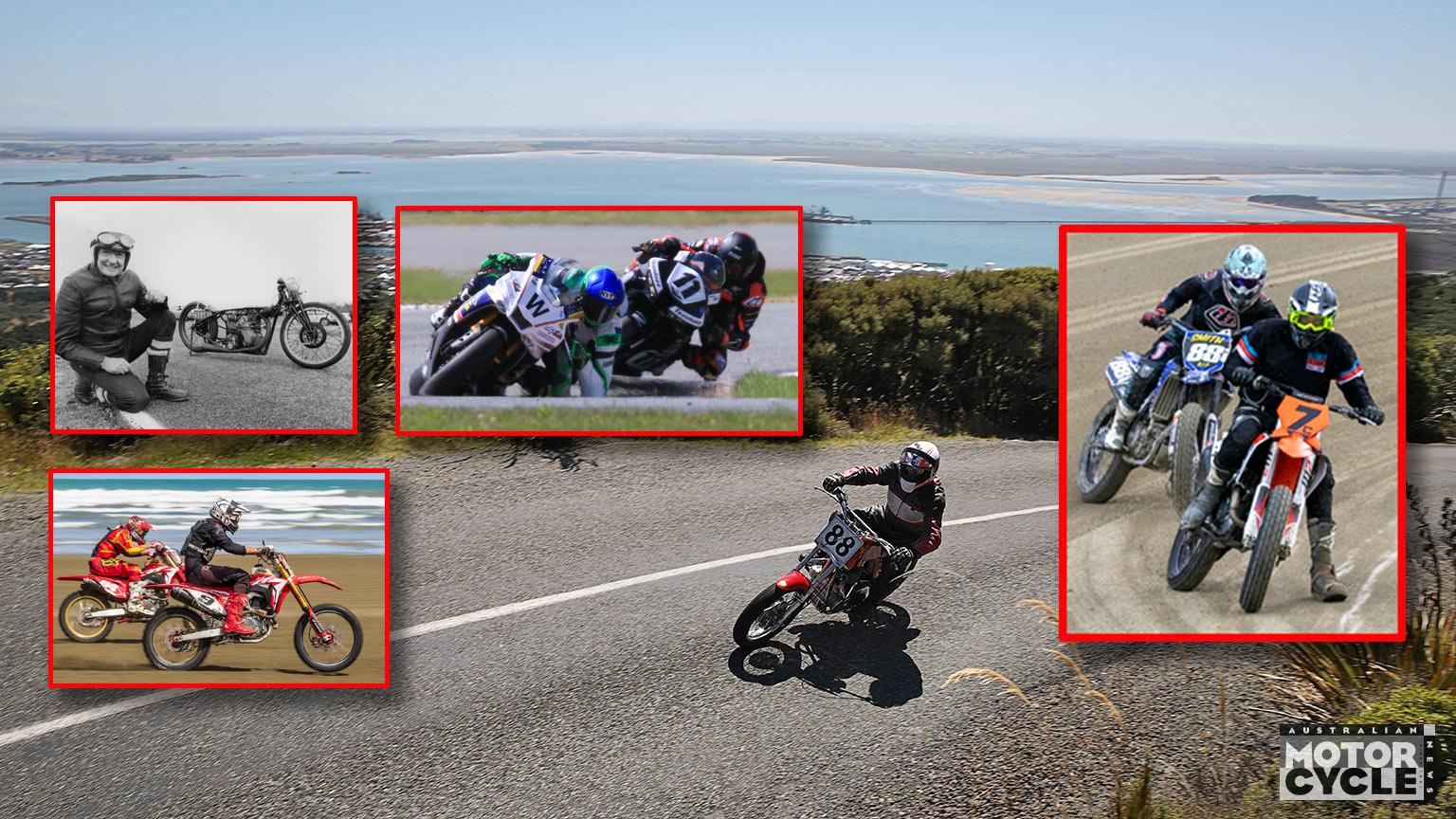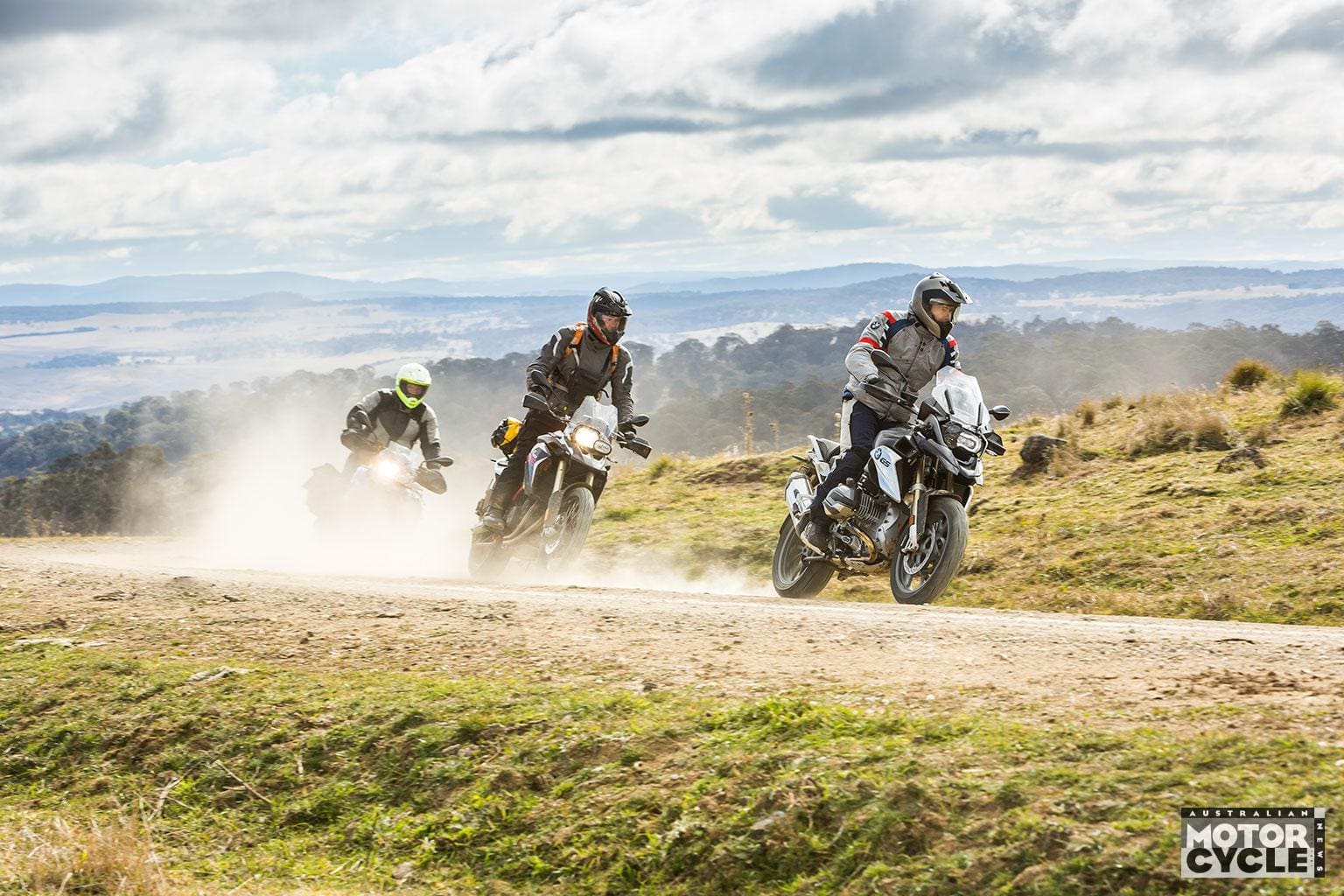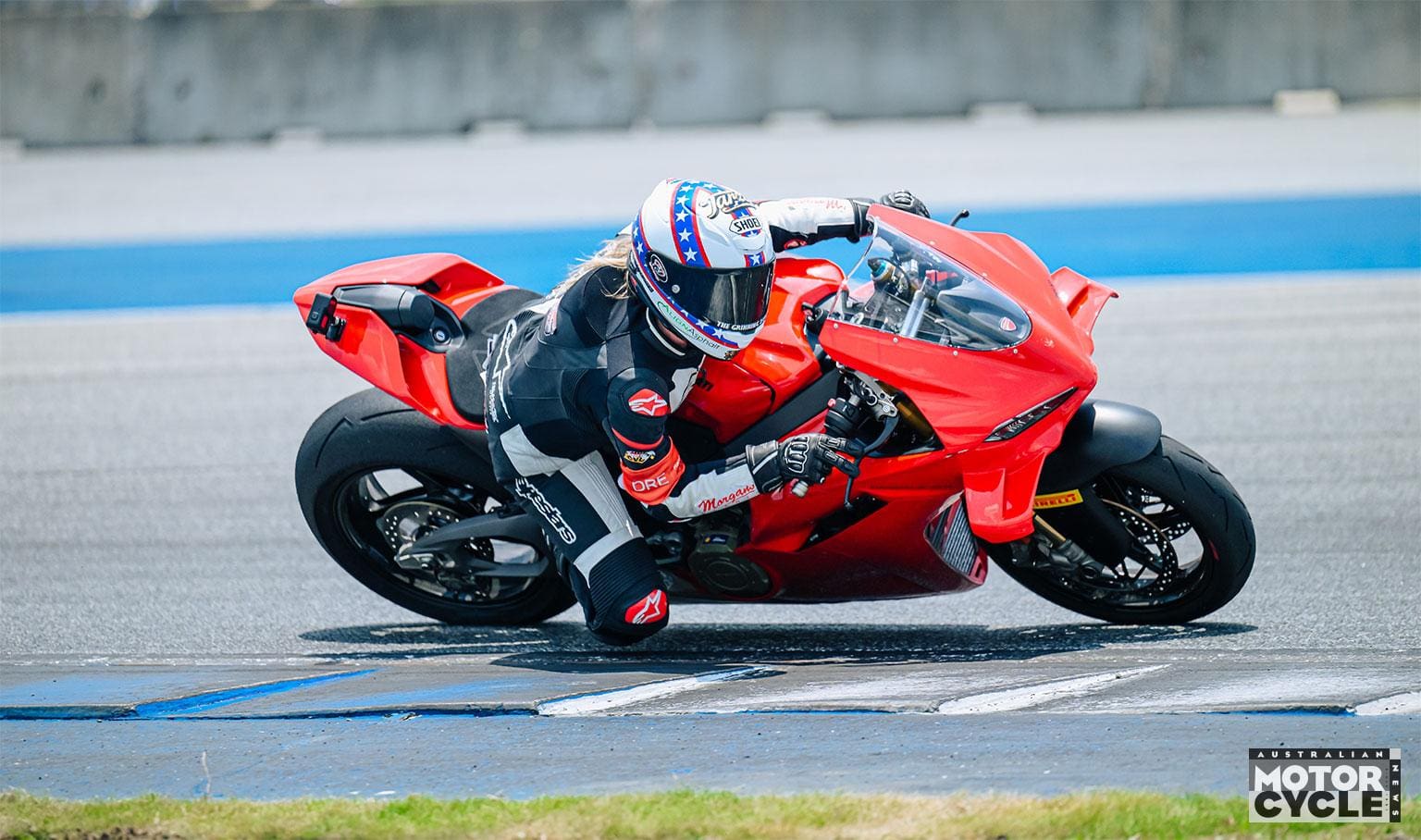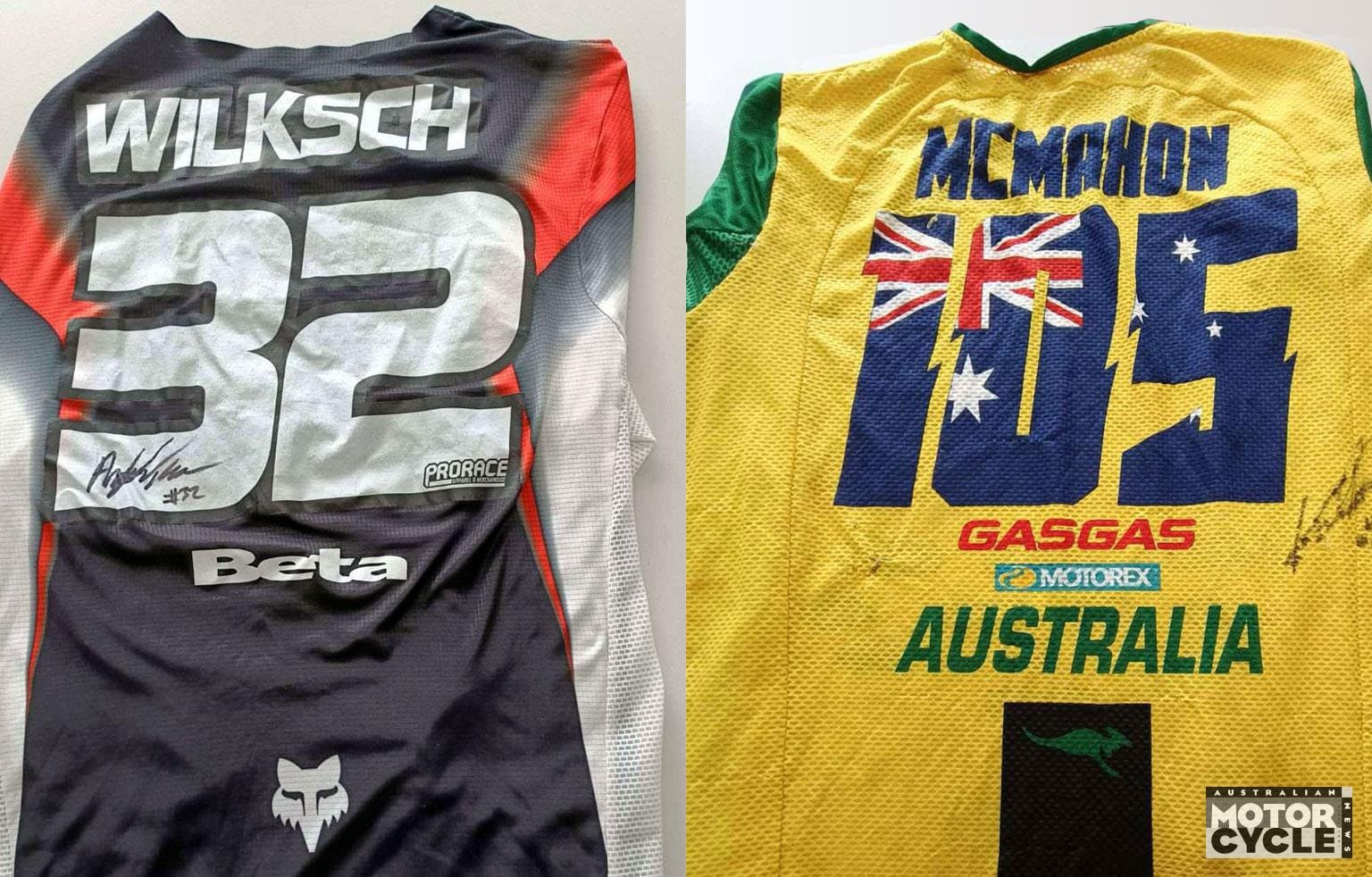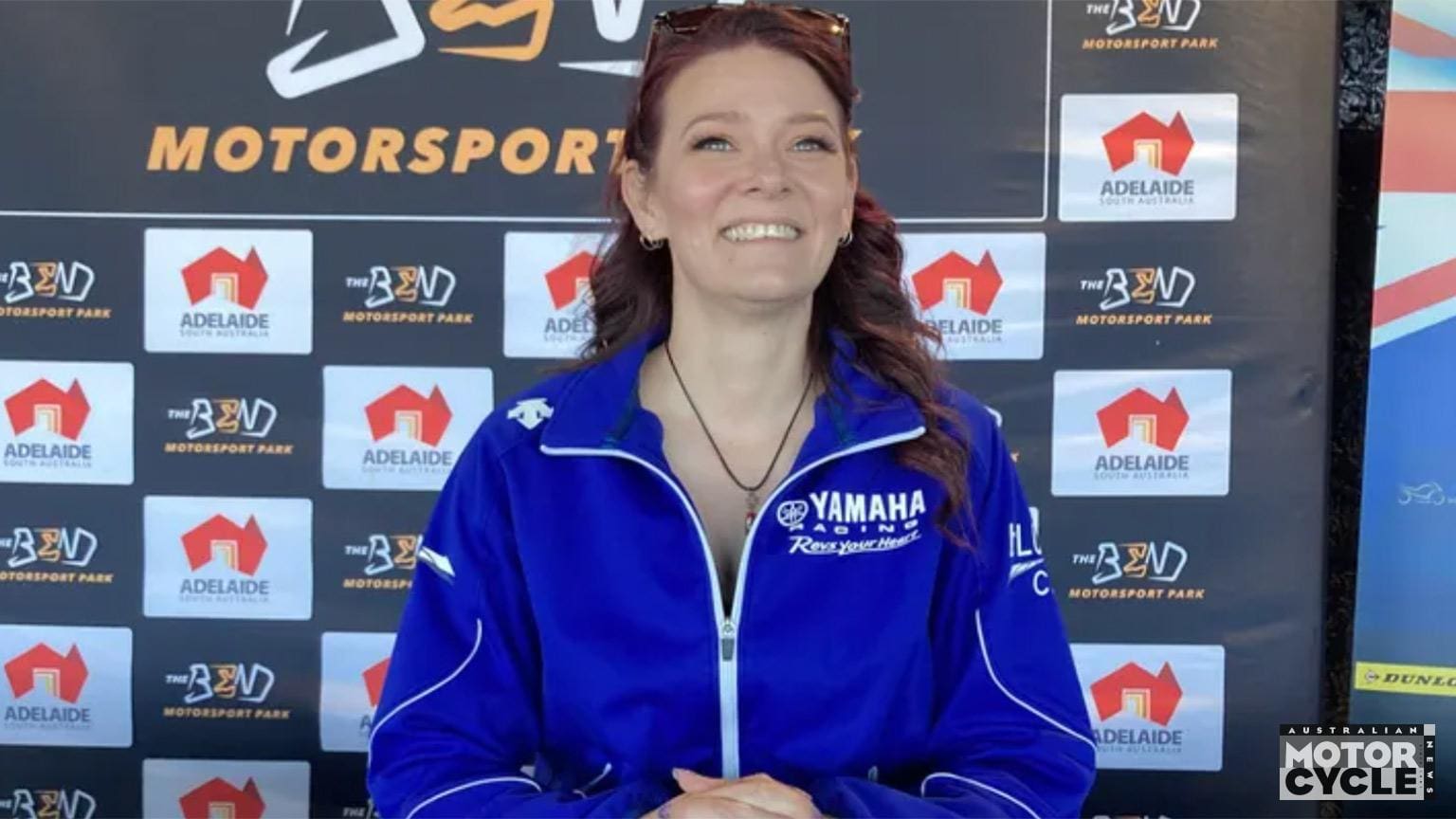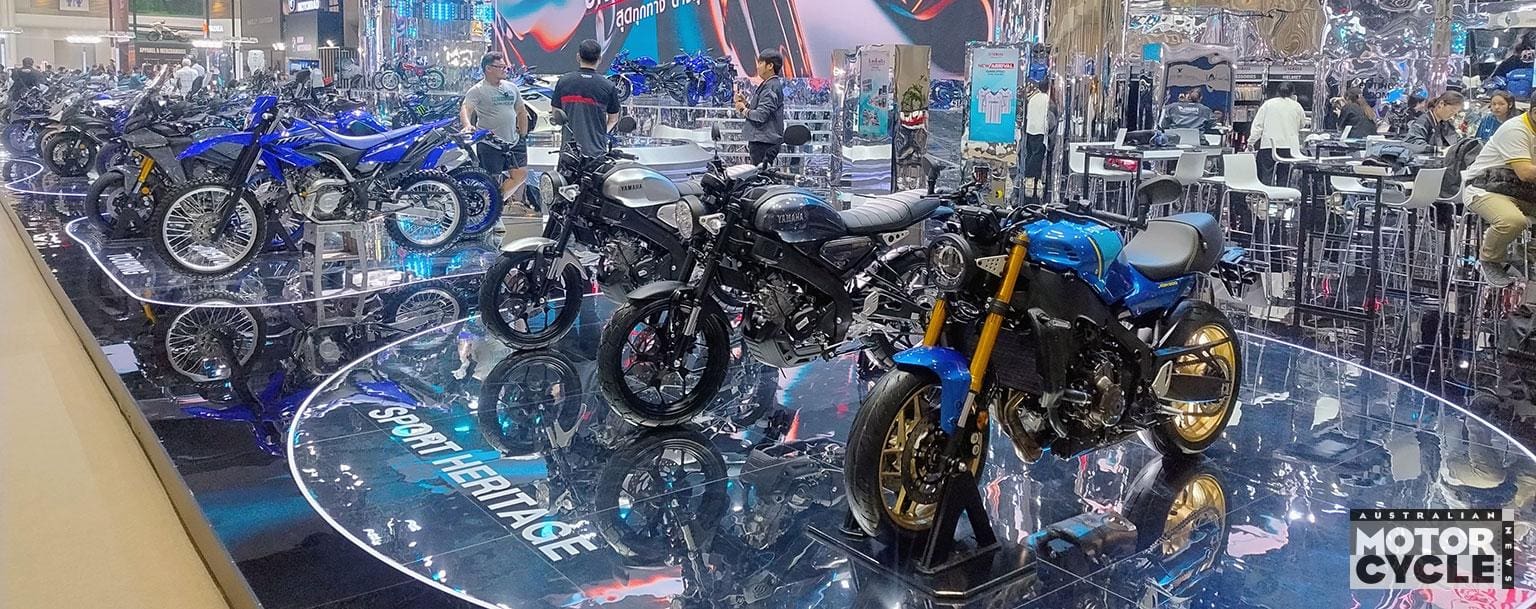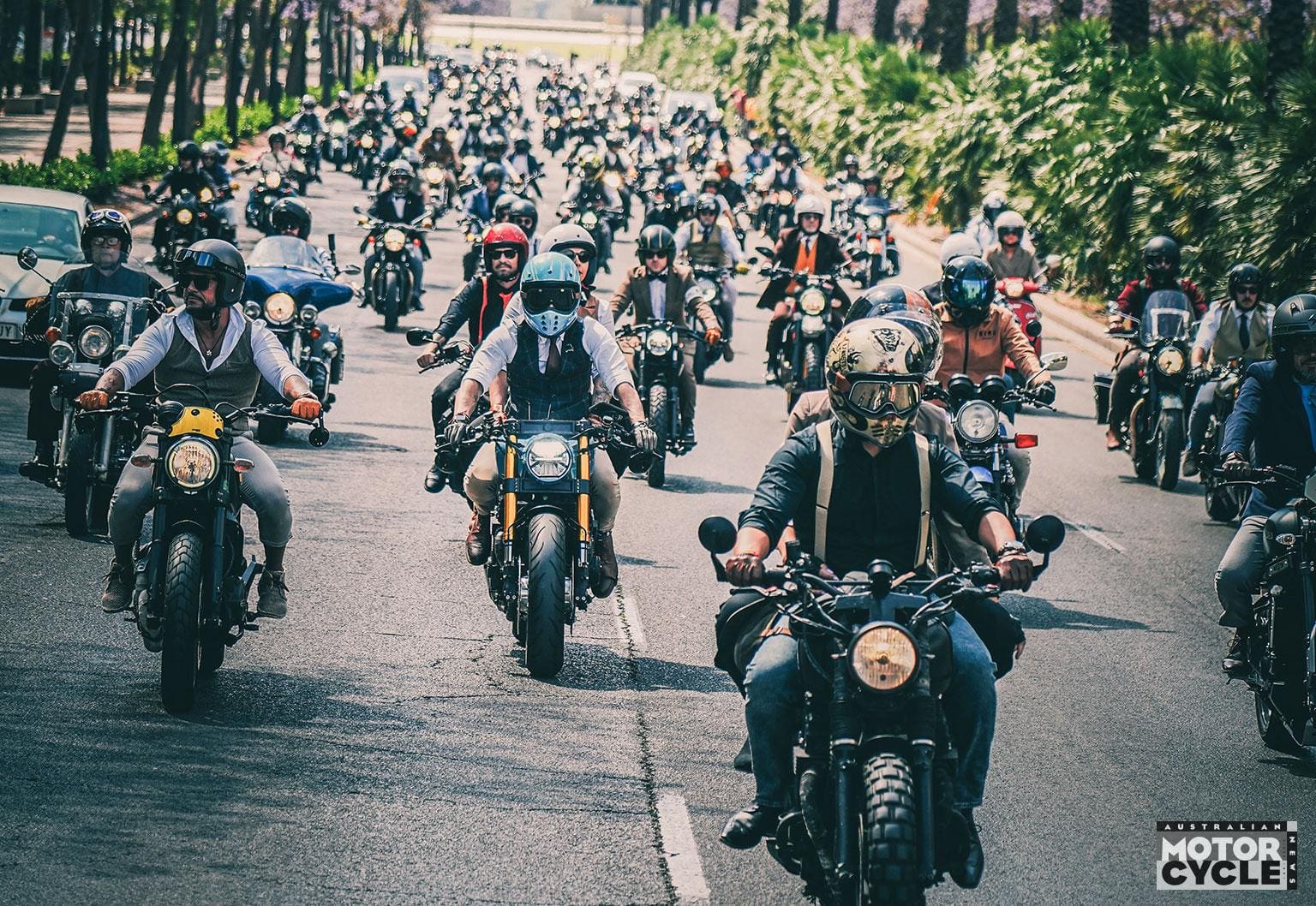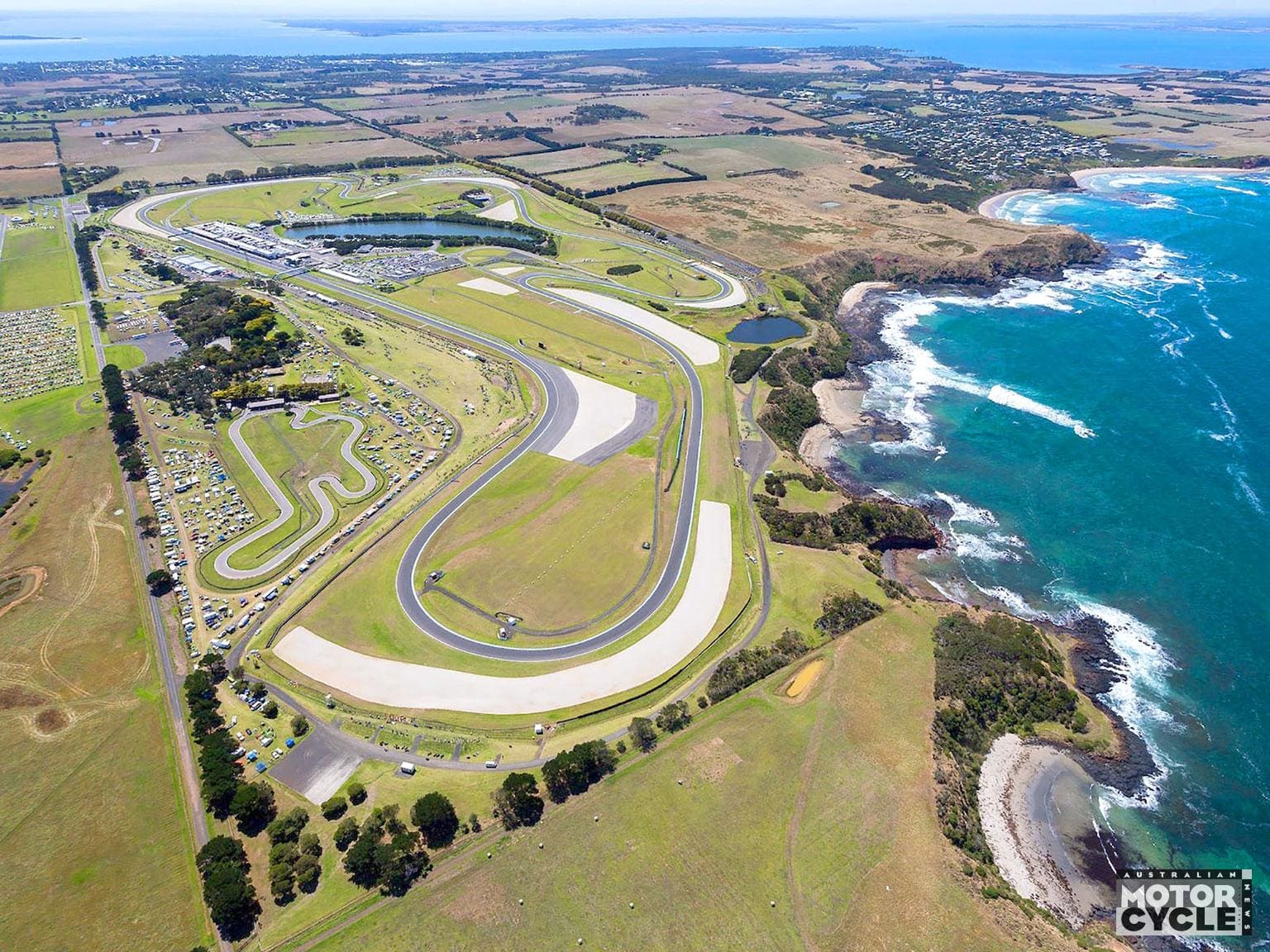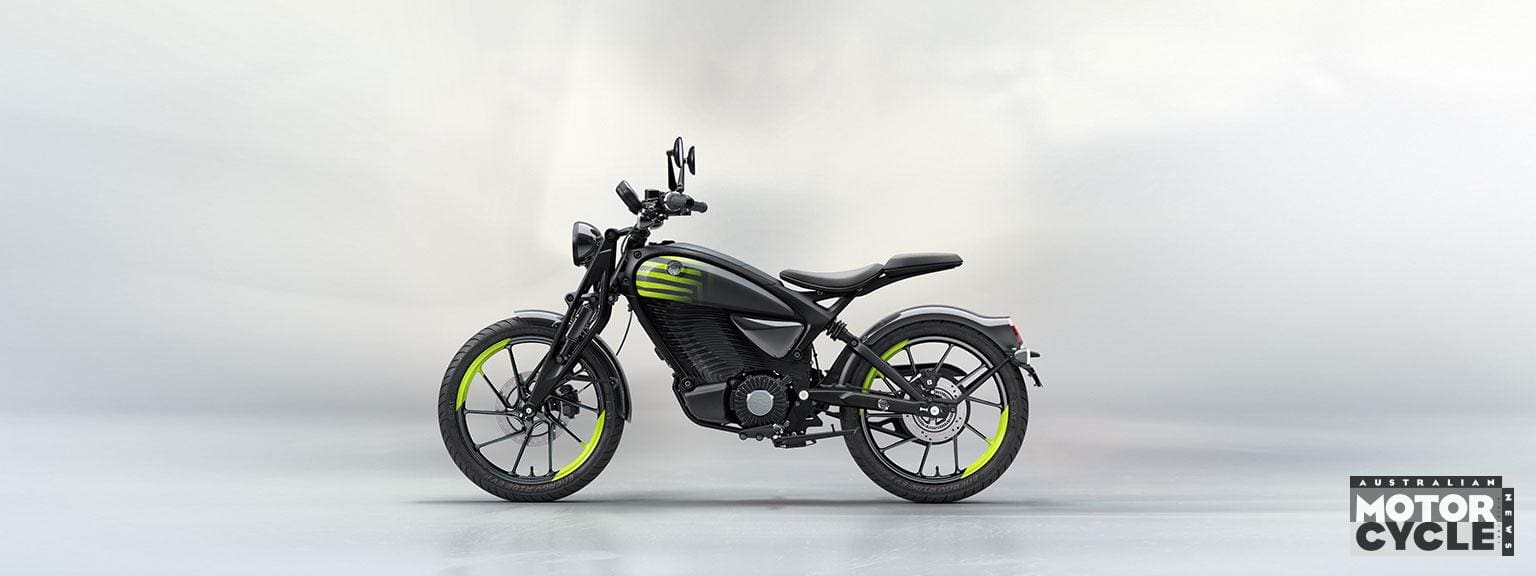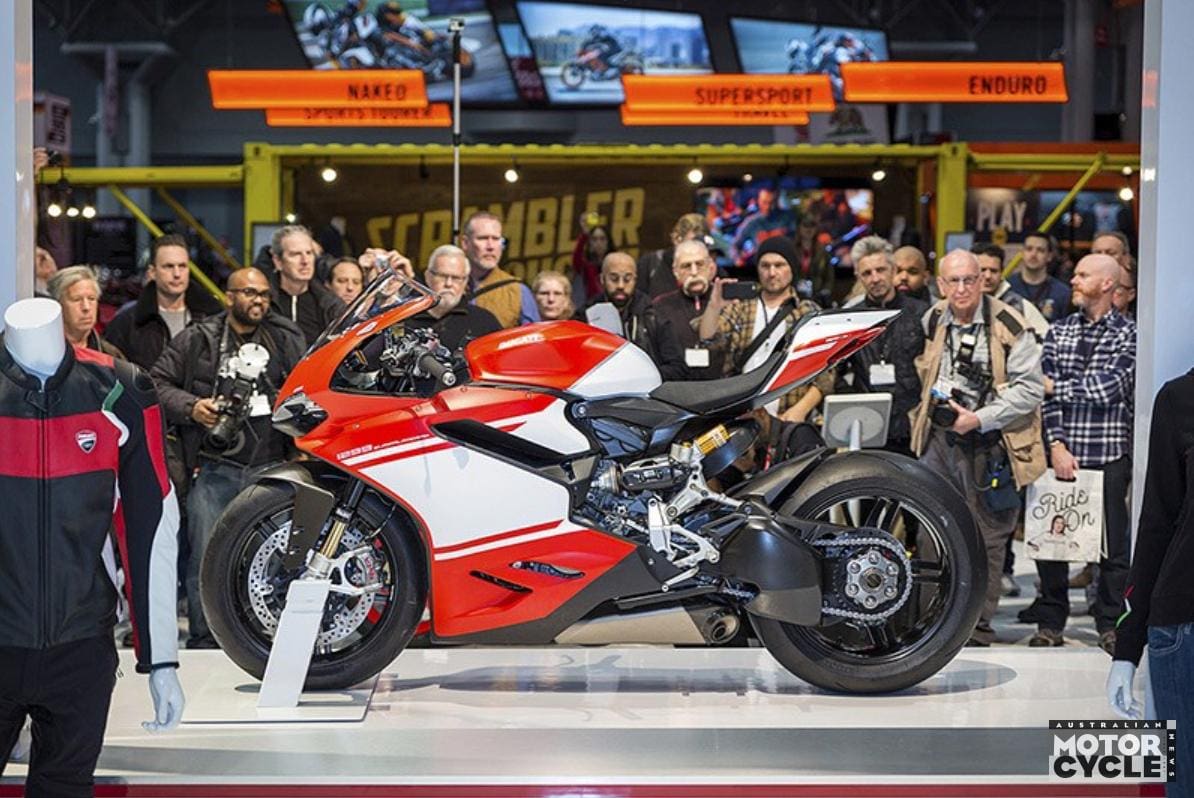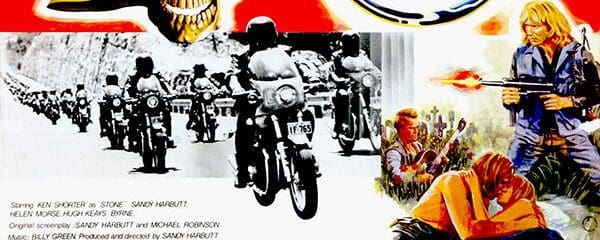For the riders, it’s an ego-trip and an adrenalin fix. For the fans, it’s all sorts of vicarious pleasures, including admiration of skill and (let’s face it) a ghoulish desire to watch the crashes. For Dorna, it’s about turning a profit – the balance sheet is far more important than championship charts. For me, it should also be an instrument for advancement of engineering and mechanical ingenuity, a hope progressively thwarted by the cost-cutting dumbing down imposed by Dorna over the past decade.
And for Moto2 riders?
That’s tough one. I’ve watched the replacement for those delightful 250s with growing despair: porky machines with bulky Honda CBR600 motors making a ghastly shrieking noise, thanks to widely spaced roadbike gearing. They also put the riders in the most terrible bind.
I’ve been lambasted for calling Moto2 “a graveyard of talent”, but that view is reinforced by the number of former world champions languishing mid-field: Cortese, Luthi, Simón, Márquez Junior and Lowes. Only Lowes and sometimes Luthi figure up front. Current runaway Moto3 title leader Danny Kent had to drop back a class to express his blatantly obvious talent.
Overweight, over-tyred and underpowered, Moto2 wings are clipped by – for example – an inability to draft past identically powered bikes in a straight line. This is a weapon good riders should be able to exploit, but the opportunity is denied. And in the pits, race mechanics should be able to help by tweaking the engines and electronics, and finding the ideal permutation of gearing. Also not available.
Nor is it a serious training ground for MotoGP, where electronic and gearing variations are still (just) possible. Moto2 riders who have moved up to the top class all sing the same song: it’s not the extra power that imposes the steepest learning curve, it’s the extra possibilities offered by a proper grand prix racing bike.
Linger too long in the mono-motor series and you are liable to get stuck in the mud
Consider the case of Jack Miller, the first in modern times to skip the “senior apprenticeship” of the middle class. His sole predecessor, by the way, was also Australian: the redoubtable sultan of slide Gary McCoy, who won three GPs in a private team … a good omen. Consider also Miller’s close pal Maverick Viñales. He spent one year in Moto2, won four races, and got the hell out to join Suzuki in MotoGP. These are good examples for riders, if they are lucky enough to get the opportunity. Linger too long in the mono-motor series and you are liable to get stuck in the mud.
I was deeply disappointed when at Assen the always engaging FIM president Vito Ippolito told me that, of all the many changes in racing, Moto2 was entirely the responsibility of the federation. Granted, the 250cc class was moribund, with two-strokes becoming extinct, Aprilia having a stranglehold, and costs skyrocketing. Something had to be done.
Something needs to be done again, to regain the dignity of an important grand prix class and to restore the natural order of riding talent. Moto2 may be knockabout fun for the undiscerning, but a Grand Prix World Championship class? Moto3 is living proof that in spite of cost and technical restrictions, proper grand prix racing is possible.
Moto2 deserves to be open to rival manufacturers, with regulations that ensure a proper place in the technical hierarchy. Moto3 and MotoGP share maximum bore size – in effect, a 1000cc MotoGP engine is four Moto3 250cc singles on a common crankshaft. Moto2 should be a halfway house: twin cylinders and 500cc, and genuine racing engines. The riders deserve it, and so do the fans.
Please Mr Ippolito, do something.
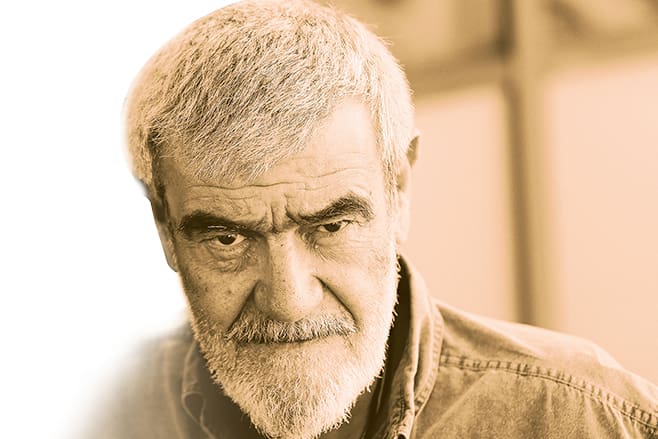
Michael Scott, In Pit Lane for AMCN
